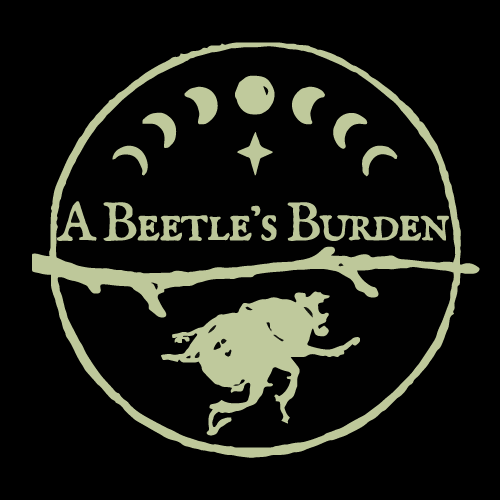A brief note on ethics and responsibility:
I choose to always work with responsibly-sourced stones and bones, so none of my pieces will ever support cruel or unsafe industry practices.
As soon as I began working with gems and bones I knew that I had a responsibility to ensure every piece was created with the least amount of negative impacts. The gem and jewelry industry as a whole is a massive burden on both the environment and her people. Likewise the oddities community often unintentionally sources bones and remains in ways that do not align with my values on respecting life, both before and after death.
As an individual artist in full control of my work, I can make choices that inspire responsible practices and take positive action. I create each piece with intention, and do not ever want to profit from another’s suffering.
The way I choose to tell my story can make all the difference
This is why nearly my entire collection of stones are from small scale suppliers who source from safe and domestic mines, fair trade/family-owned lapidaries and old gem stock. I also hope to mine my own rocks in the near future. The small amount of rocks from unknown sources have been in my collection already, all new purchases are vetted with the above criteria. When I begin working with other metals I have chosen to work with recycled silver and bronze. I am also an avid follower of the Ethical Metalsmiths community whose work focuses on inspiring education towards making the smallest negative impacts.
All animal bones are sourced by myself or friends locally, from animals that have passed of natural causes. Any bones purchased are vetted to ensure the vendor also sources their bones in this way, and can provide details to back that up. I do not purchase from trappers or farming stocks. I do not make use of human remains unless gifted them by the person or their family, as many sources of human bones are sold without the consent of the (often marginalized) deceased and their family. Other sources of remains include found dead insects, old stock collections being sold or retired (insect and animal only), and will in the future include 3D printed replicas.
FAQs
How are these pieces made? Is it dipped in metal?
Not quite! The electroforming process does deposit metal onto the surface of the objects, but it is not hot or molten. Instead, it’s grown onto the surface after the surface of the object has been made conductive by a coating of conductive paint or sealer. The object is then placed in an acid and copper solution, where electricity is run to bring copper from a pure copper anode to the object (cathode). It’s the same process used to create the “bronze” baby shoes.
How long does it take to make?
Between 10 and 30 hours for most pieces. After preparation the pieces go into the electroforming solution for a minimum of 10-12 hours, with larger or more complex pieces staying in longer for maximum stability. After that they get a polish, patina and are sealed.
Is that a real bug/flower? Is it inside?
Yes! Unless stated as a hand-sculpted item all of my botanical pieces are real flowers/leaves/insects, etc. The original object is dried, sealed, coated in conductive paint, and the copper is grown onto it creating a hard case of metal. The object remains preserved inside forever.
How do I take care of it?
Avoid harsh conditions, exposure to water, chemicals and excessive heat or cold. These are small pieces of wearable art, so they should be treated with care. Copper will naturally patina over time, and can be brightened using a soft polishing cloth.
Please review the full care guide below.
Where do you get the bones?
All of my bones are found in nature, gifted to me from friends who’s animals have passed, or are purchased from other small shops who specialize in cleaning roadkill or bones of animals that have died of natural causes.
How are the stone sources considered ethical?
Above all I like to see sellers that are proud to be open about their ethics. I want to see that they have good relationships with their sources and gem cutters, and are knowledgeable about what they have. I choose sellers that consider themselves or their sources domestic, tracable, transparent, conflict-free, small-scale and/or family-owned, and certified with associations that hold members to higher ethical standards of business.
